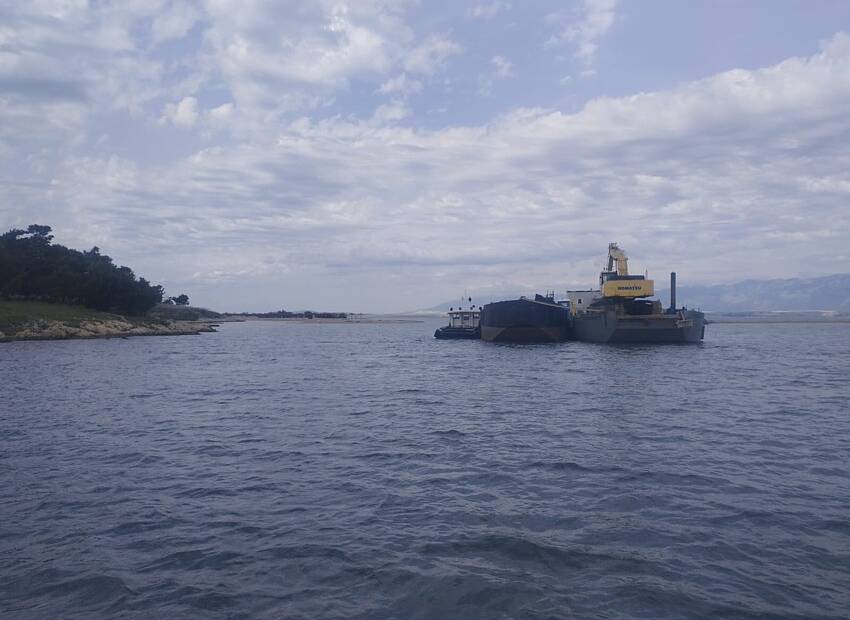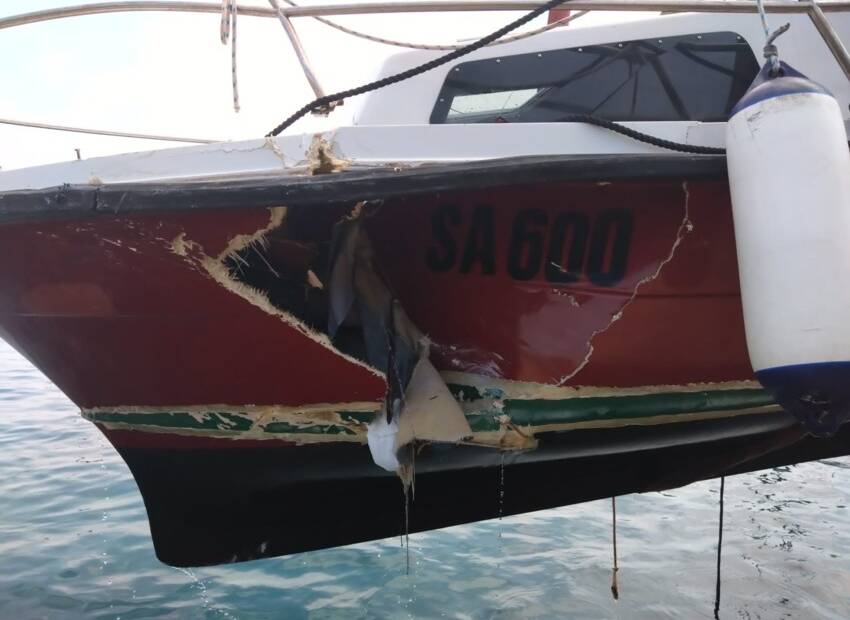It's been a great summer and unfortunately, old man winter is here all too soon. When you put your boat away, don't forget to send your sails to sailmakers for the service that includes washing, inspection and repair.
If you can't bring your sails in for winter service, here is what you can do yourself.
Self service
Sails that have been used frequently, or in heavy weather, should be washed at the end of each season. Soak the sails in a warm soap solution for a couple of hours, then hose them off thoroughly. Make sure they are completely dry before folding. You'll need a big space to do this. If the sails are particularly dirty, add a small amount of bleach to the water before soaking. Dirty spots can be lightly scrubbed. Laminate sails should be hosed off, dried and folded. Try not to soak or scrub them.
Stain removal
Blood and Mildew: Soak the stained area in a mild bleach solution for two hours; scrub lightly.
Rust: Rust removers are offered under many commercial names and are available at just about any hardware store. Just make sure you rinse the cleaned area thoroughly. One product that works well is Whink's Rust and Iron Stain Remover.
Oil, Grease, and Tar: Dab the stained area with acetone or lighter fluid and then rub the stain with clean rags. Once the stain is lightened, scrub the area with a detergent and water solution. Rinse all the acetone out of the material!
Inspection
Spread the sail out and look carefully at the corners. The corners are the highest loaded area on every sail. Check the stitching, the webbing and the layering patches. Make sure the stitching is sound, the webbing is not frayed or sun-bleached and that layers are not coming loose. Any fraying at the top of the boltrope on mains and genoas needs to be neatened up with a hot knife.
On mainsails, check all the slides and the webbing that holds them to the sail. If the main has a boltrope, check both sides of it to make sure there are not cuts in the tape around the rope. If the main has any full-length battens, make sure the Dacron tape around the boltrope is not worn. Look over the batten pockets for wear from scraping against the shrouds.
On genoas, check the back end of the sail carefully. The leech gets dragged across the shrouds and the front of the mast in every tack. Fittings on the mast like a radar, deck light, whisker pole fittings, loud hailer, etc, all act like claws trying to scratch and cut your genoa as it crosses the rig.
If you notice any wear on the sail, get it to your sailmaker for repair. Likewise, if you find any holes, weak spots or rotted webbing, get your sail back to your sailmaker for a professional repair.
Roller furling covers need to be checked carefully because they are designed to take the sun's abuse while protecting the sail. Along with absorbing the sun's harmful UV rays, furling covers get beat up in every tack because they are dragged across the rig. It's a hard life being a roller furling cover; therefore, check the cover's stitching and the integrity of the material. If you have a cover made of UV Dacron, look for cracks in the material, which are a sign that the cover needs to be replaced. The picture to the right shows how well the cover did its job. Part of the cover pealed up during inspection to reveal the clean, protected Dacron sail. Luckily this deteriorating cover was found and will be replaced before the sail goes back into service.
Storage
All sails should be folded or rolled in a manner that avoids sharp creases. Sails should be stored under well-ventilated, clean conditions. Dampness, which may encourage mildew should be avoided. Mildew does not effect the strength of sails , but mildew causes unsightly stains that are not easily removed.
UK-Halsey






















